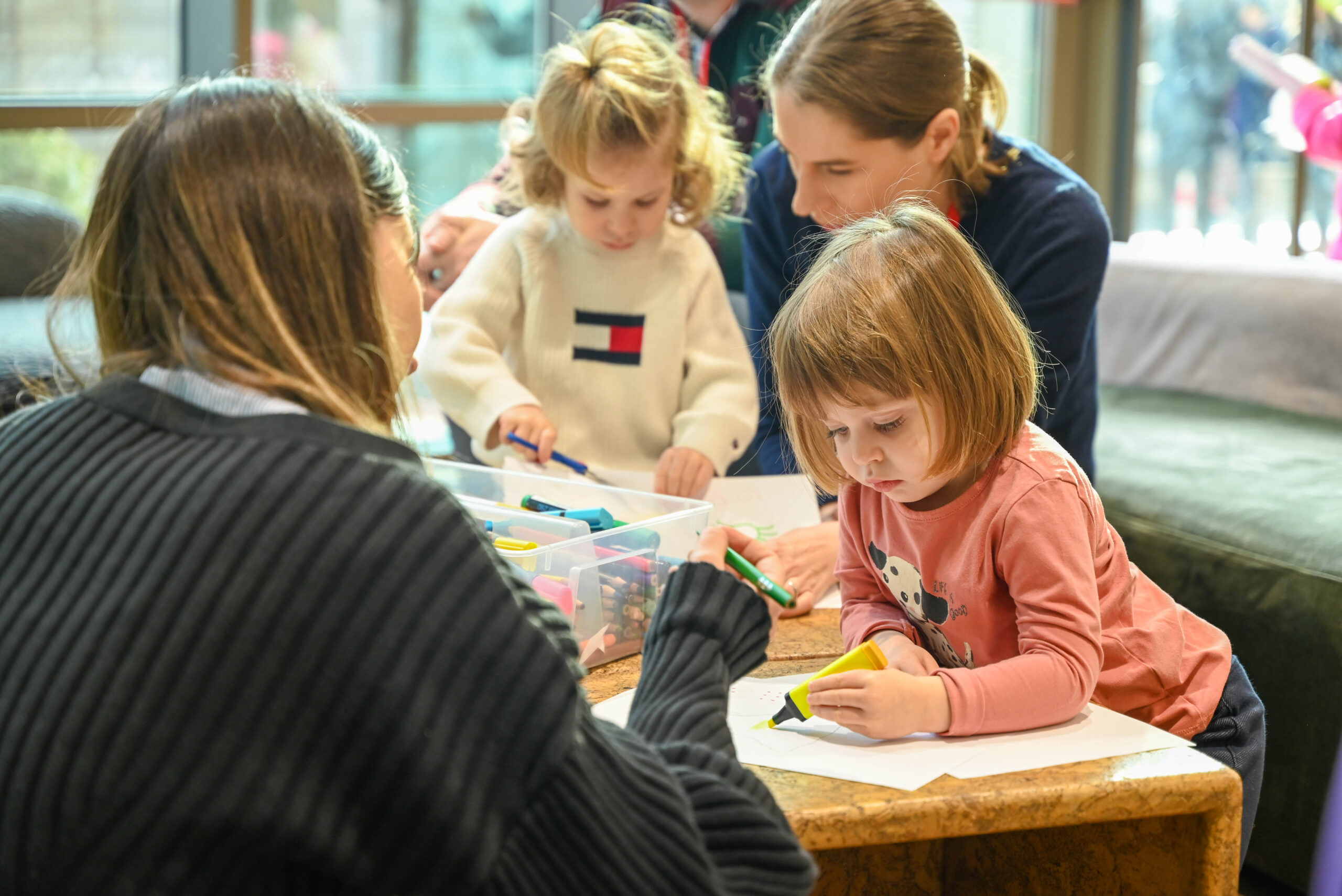Children learn as they play. Most importantly, in play children learn how to learn.
(O. Fred Donaldson)
Did you know that kids need a strong foundation of nourishment for the central nervous system (their brain) to attend, behave and learn? In other words, children between the ages 2 and 5 need more sensory input.
That’s where the Pyramid of Learning, developed by Maryann Trott, comes in. The Pyramid of Learning is a helpful tool for parents and teachers to understand the importance of sensory systems for children’s development.
The pyramid shows that sensory systems are the foundation for many other areas of learning and behavior.
Sensory activities are essential for supporting academic learning and developing sensorimotor and perceptual skills. To develop these skills, kids need movement, muscle/joint input, hands-on learning, and multi-sensory activities.
The pyramid shows that a strong foundation of basic sensory input helps to build sensory motor skills and perceptual motor skills, which are crucial for daily tasks and academic learning.
The top of the pyramid represents cognition and intellect, which is the ultimate goal of learning. When children have a strong foundation for development, they can perform daily tasks more efficiently and be independent and successful.
This framework provides a roadmap for supporting your child’s social-emotional development, promoting positive behavior, and building strong relationships with your child.
![Pyramid-of-learning[5095]](https://veritaschool.ro/wp-content/uploads/2023/04/Pyramid-of-learning5095.jpg)
Building skills through sensory play and hands-on learning
Children aged 3 to 5 years are in a critical period of development, and sensory play and movement are essential for their growth and learning. During this stage, children’s brains are developing rapidly, and they are learning various skills, including gross and fine motor skills, social skills, language skills, and cognitive skills.
Engaging in movement and sensory activities helps children develop their gross and fine motor skills, which are essential for properly holding and using pencils and sitting with good posture.
These activities involve large movements, such as jumping, running, climbing, and balancing, as well as small movements, such as manipulating objects, holding utensils, and writing.
Sensory play and hands-on learning also help children develop their senses and improve their ability to process sensory information. These activities involve engaging multiple senses, such as touch, smell, sight, and hearing, which can help children develop their ability to focus, concentrate, and problem-solve.
For example, playing with clay, sand, or playdough can help children develop their hand strength and dexterity, which are essential for holding and controlling pencils.
Activities that involve sorting, matching, and stacking can help children develop their fine motor skills, as well as their ability to recognize patterns and sequences.
Multi-sensory activities can also help children develop their spatial and body awareness, which are crucial for good posture and sitting position.
Activities such as yoga, dance, and stretching can help children develop their balance and coordination, which can help them sit with good posture and avoid slouching.
If your are interested in discovering the best activities you can do with your child at home, our school just launched the free ebook: 50 Inspiring Activities for Children Ages 3-5 to Boost Intelligence, Development and Love for Learning
Verita International School: Nurturing Young Minds with the Pyramid of Learning
Education is more than just memorizing facts and figures; it’s about nurturing a love for learning and preparing students for the real world. At Verita International School, the philosophy centers around the Pyramid of Learning, developed by renowned educator Maryann Trott. With a curriculum that brings standards to life through real-world connections and a team of well-trained teachers, Verita International School is dedicated to providing students with an enriching educational experience that helps them master the love for learning.
The Pyramid of Learning is a comprehensive framework that encompasses four key components: knowledge, skills, character, and meta-learning. It is designed to ensure that students receive a well-rounded education that prepares them for success in the 21st century.







Leave A Comment